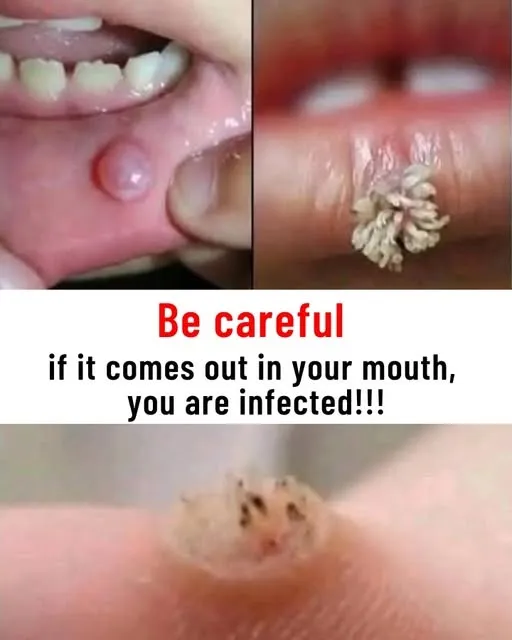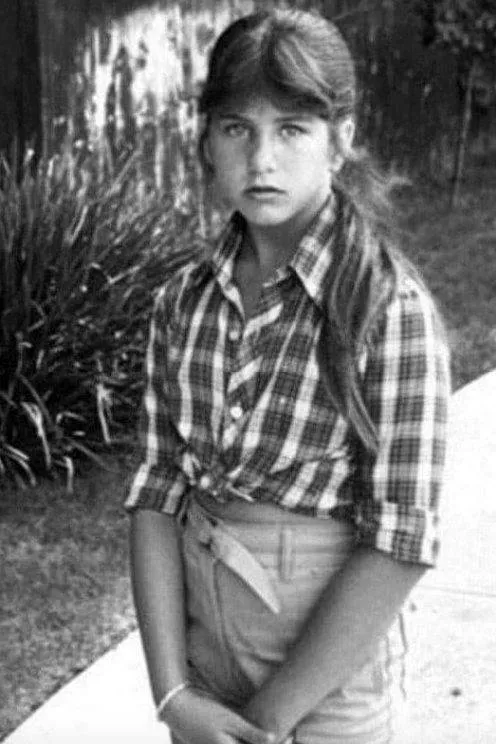Death is something we all face. It’s the one universal experience that none of us can avoid, and yet it remains one of the most feared and misunderstood aspects of life. For many, the thought of dying brings anxiety, uncertainty, and sorrow. It’s a subject often avoided in conversation, and many people find themselves completely unprepared when faced with the loss of a loved one.

Fortunately, there are individuals working to change that narrative—people who are committed to helping others understand the natural process of dying and remove some of the fear that surrounds it. One such individual is Julie McFadden, a hospice nurse who has made it her mission to educate the public about what really happens when someone is nearing the end of their life.
Julie, a Los Angeles native, has over 15 years of experience in both intensive care and hospice nursing. Through her online platforms and her book, she shares firsthand knowledge of what the final moments of life often look like, aiming to bring peace of mind to families and loved ones. Her honest, compassionate approach helps to shine a light on this deeply personal and often mysterious phase of life.
“I worked as an ICU nurse for around eight years and witnessed a lot of death during that time,” she explains. “We would often talk among ourselves as healthcare professionals about the chances of our patients passing away, but these conversations rarely included the patients or their families. That realization pushed me to become more vocal and start having open, honest discussions with families—so they could be better prepared and not feel so alone.”
In one of her most widely shared social media posts, Julie highlights two of the most common—and often unsettling—phenomena that occur when someone is close to passing away. These are changes in breathing patterns and the infamous “death rattle.” While these experiences can be jarring to witness, Julie’s goal is to help people understand that they are normal, natural, and not indicators of suffering.
1. Changes in Breathing Patterns
One of the first and most noticeable signs that someone is nearing death is a significant change in how they breathe. Family members, especially those who are unfamiliar with the dying process, often find this shift distressing. Julie explains that people may notice periods of very rapid breathing, followed by long pauses, and then a return to quick breathing again. This cycle repeats itself and can create fear in those at the bedside.
This pattern is known as Cheyne-Stokes breathing, a natural response to the body’s systems slowly shutting down. As the metabolism slows, the brain has difficulty regulating carbon dioxide levels in the blood, which leads to these irregular breathing patterns. The cycles can last anywhere from 30 seconds to two minutes and are completely normal in the final hours or days of life.
Julie shared a video to help illustrate this phenomenon, showing a patient who was completely unconscious and demonstrating this distinctive breathing rhythm. She emphasized that while it might look disturbing, it’s not causing the person to feel like they are suffocating. In fact, their body is relaxed, and there is no sign of discomfort.
“This person is not suffering,” Julie said. “Their body is not reacting like it can’t breathe. They’re fully unconscious, and what’s happening is a natural part of the dying process.”
2. The Death Rattle
Another common experience that can be alarming to witness is what’s commonly referred to as the death rattle—a gurgling, rattling sound that occurs as someone nears the end of life. Julie explains that as death approaches, the body stops signaling the need to swallow saliva. This leads to a buildup of fluids in the mouth and throat, which then produce a rattling sound as air moves through the area.
Many people mistakenly think the sound is coming from the lungs or that the person is drowning. However, Julie reassures families that this is not the case. “It’s really just saliva collecting in the mouth because the person has lost the ability to swallow. It may sound distressing, but it’s not painful or uncomfortable for the individual.”
She further clarifies that medications can be administered to help reduce the buildup of fluids, but even if the death rattle is present, it’s not a sign that the person is in distress.
The Body Knows How to Die
Julie’s message is both comforting and powerful: the human body knows how to die. It’s a process that unfolds naturally, with the body gradually shutting down in a way that is typically peaceful and free of suffering when proper care is provided. Hospice teams are trained to keep patients comfortable, using medications and interventions to ensure that any discomfort is minimized.
Her goal is to change the way people view death—not as something terrifying, but as a natural conclusion to life’s journey. By understanding what happens during the dying process, families can be more at peace and better equipped to say goodbye.
Research supports this idea of a natural, biological process. Shortly after death, the body begins to break down at a cellular level. Changes in metabolism can produce a distinct odor in the breath, skin, and bodily fluids, sometimes resembling nail polish remover. This is due to the release of certain chemicals, including putrescine, a compound with a strong, unpleasant smell associated with decomposition.
Interestingly, studies have shown that humans can subconsciously detect this odor. When the brain recognizes the scent, it triggers an instinctual response—one tied to our natural awareness of death and decay.
While these changes may seem uncomfortable to think about, Julie believes that knowledge is power. By talking openly about what happens as life comes to an end, she’s helping to break the stigma around death and provide comfort to those going through one of life’s most difficult experiences.
Death is a part of life. The more we understand it, the less power it has to scare us.



